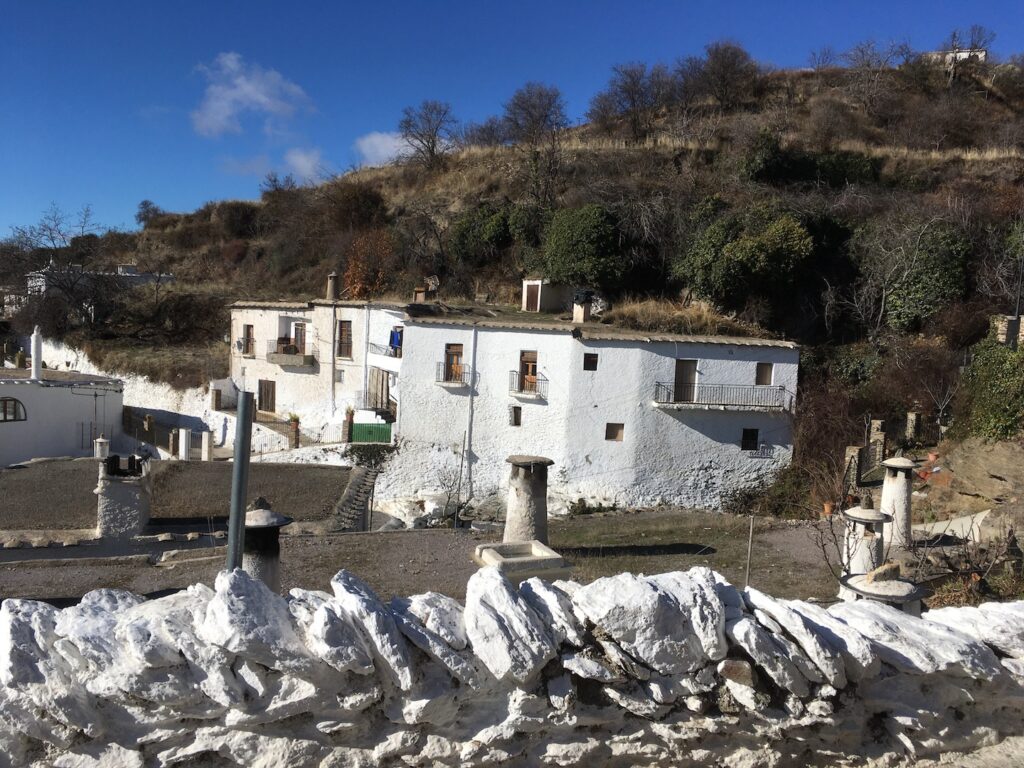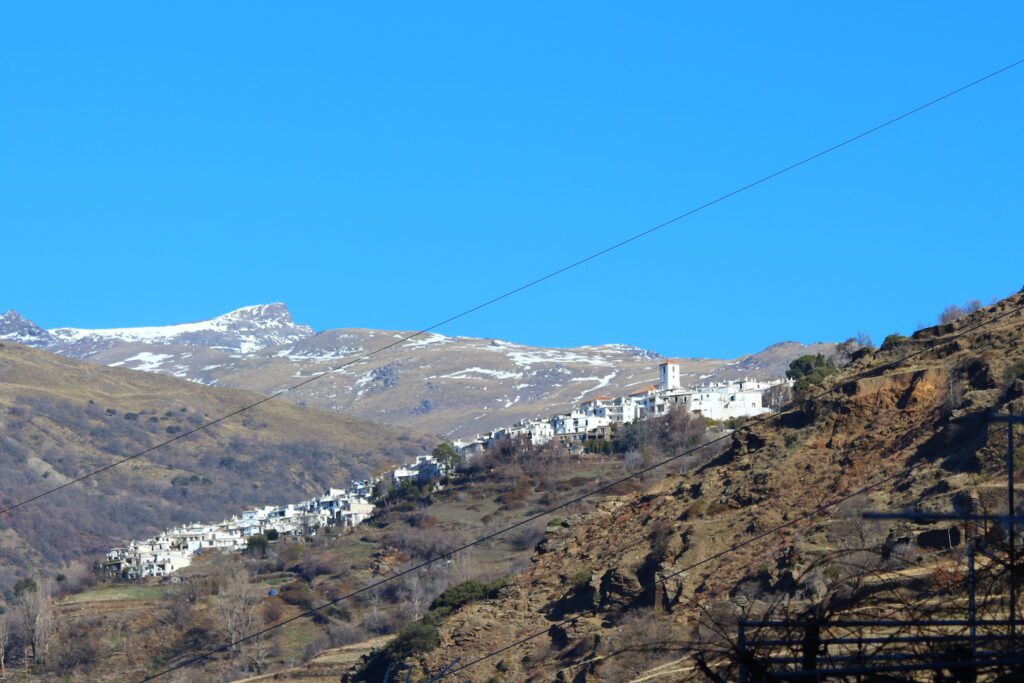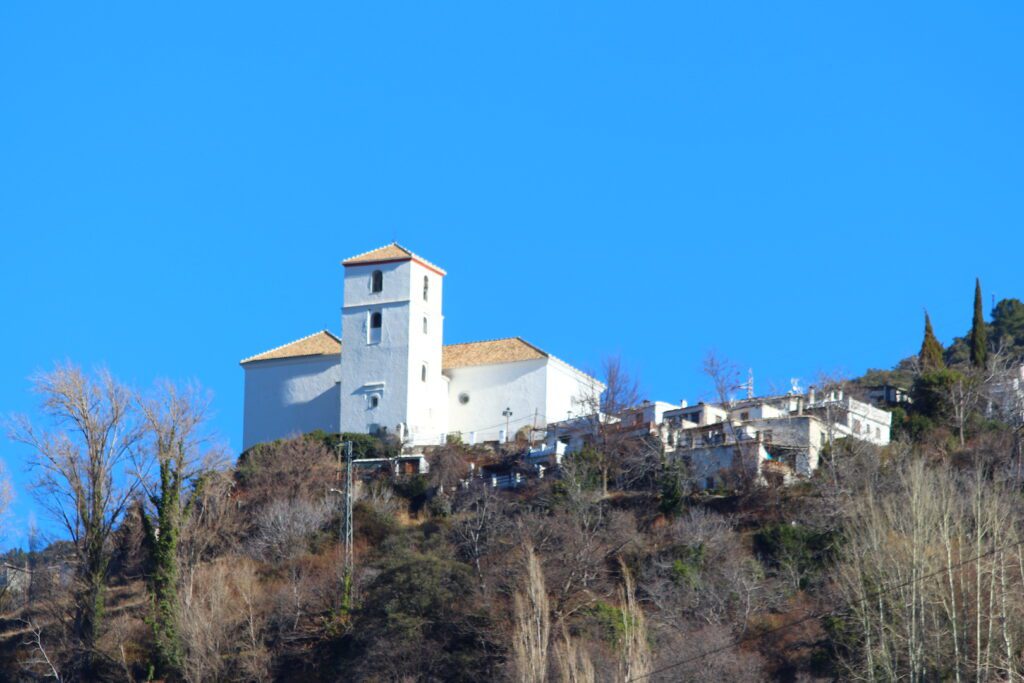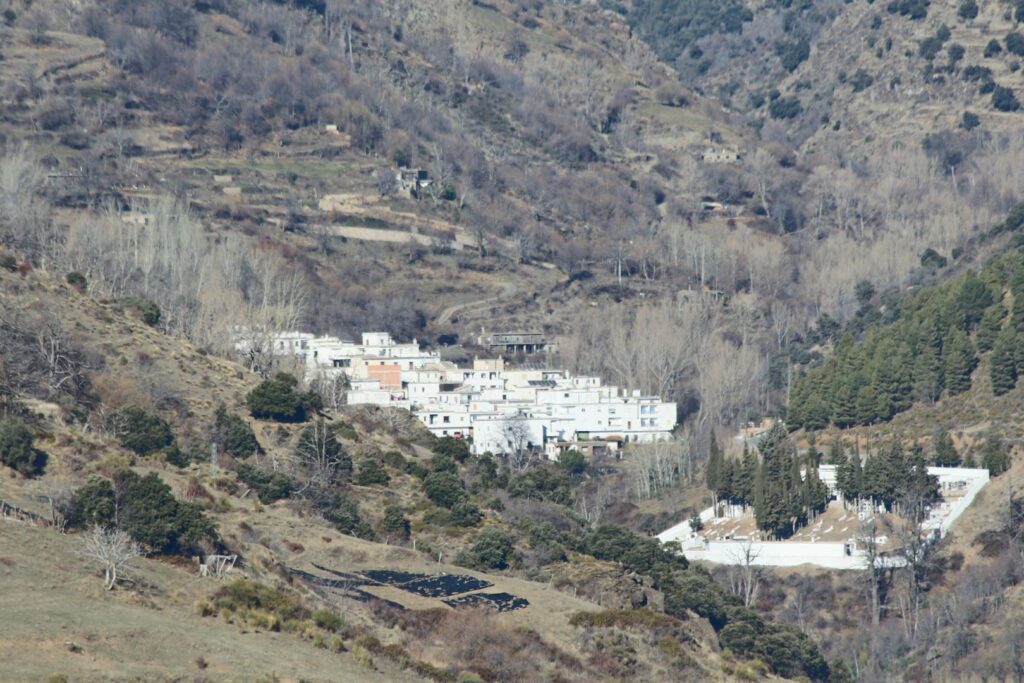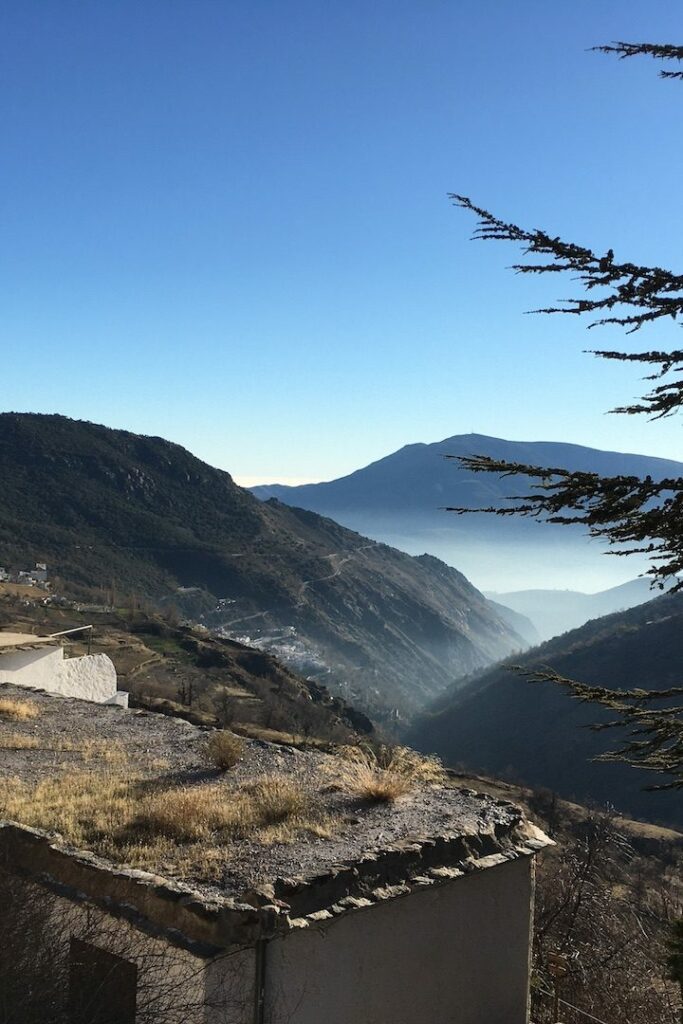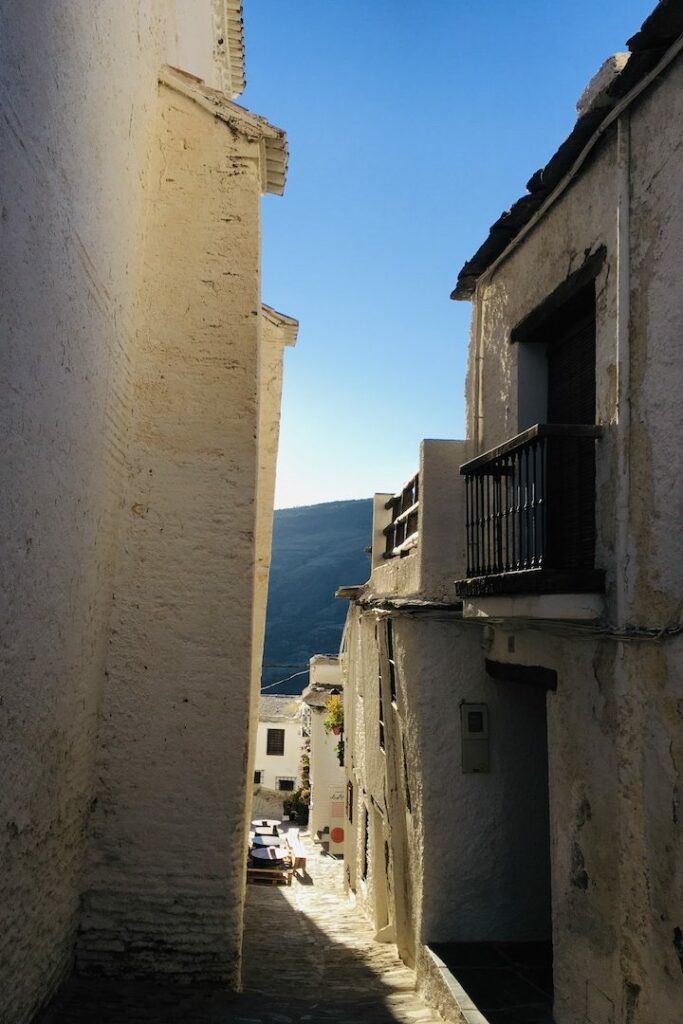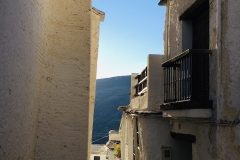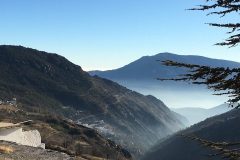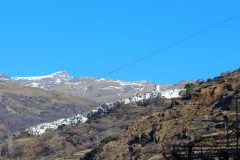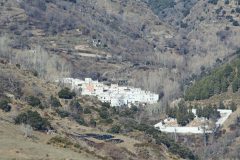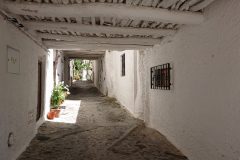Alpujarra: A View On Africa
The honeycomb white villages on the southern slopes of Sierra Nevada.
Hike in the Sierra Nevada, feast on a plato alpujarreño and roam through honey-comb white villages, reminiscent of a Moroccan douar.
Spend a splendid day in the Alpujarra, a unique area fraught with white Andalusian villages, terraced gardens, proud artisans, unique cuisine, ruined Moorish castles, olive mills and wild nature treks.

WE SUGGEST AN EARLY DEPARTURE, THE LATEST 9 AM.
WE SHALL RETURN TO GRANADA LATE AFTERNOON/ EVENING.
BEST TIME OF YEAR: ALL YEAR ROUND.
PRICE: 70 EUROS PER PERSON WHEN 2 PERSONS TRAVELING;
60 EUROS PER PERSON WHEN 3 PERSONS TRAVELING;
Let us craft something unique for you in Andalusia today !
We can help you fit your stay and experience within your allotted budget.
